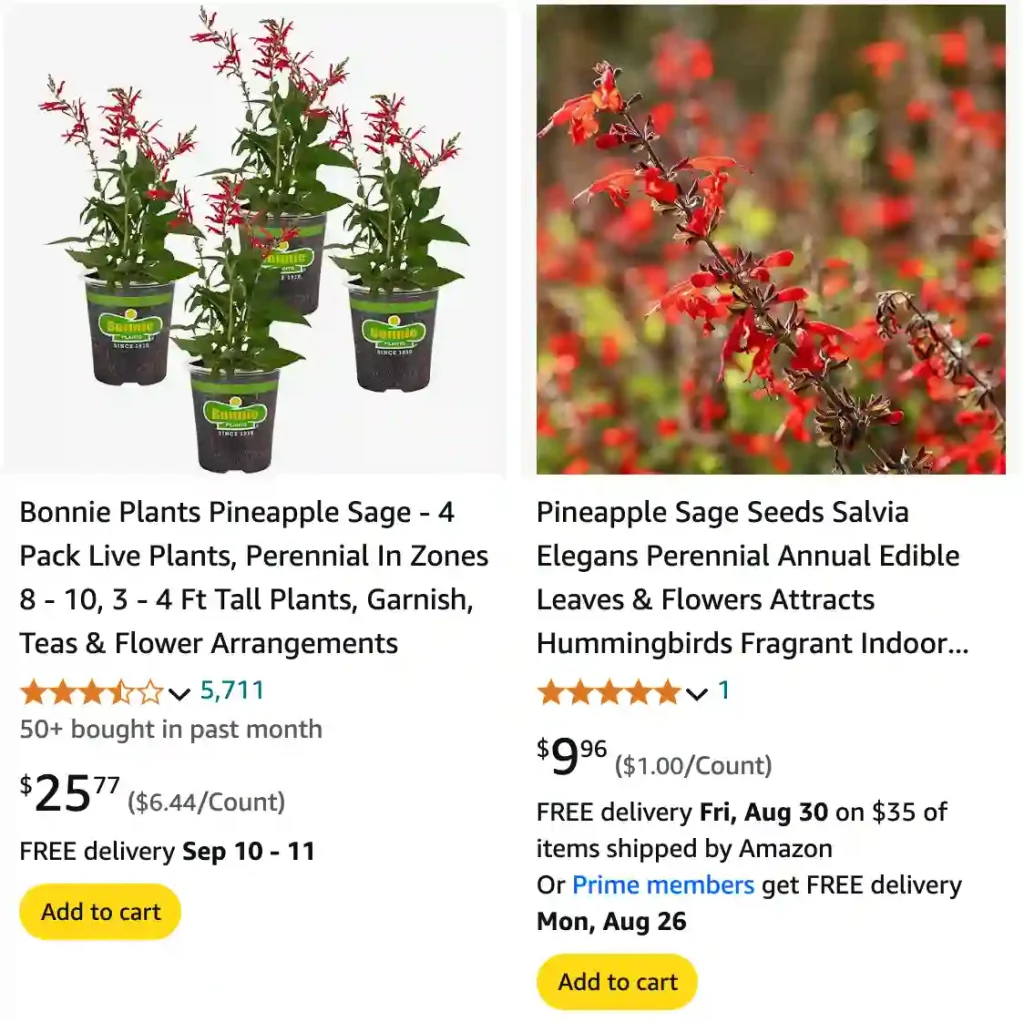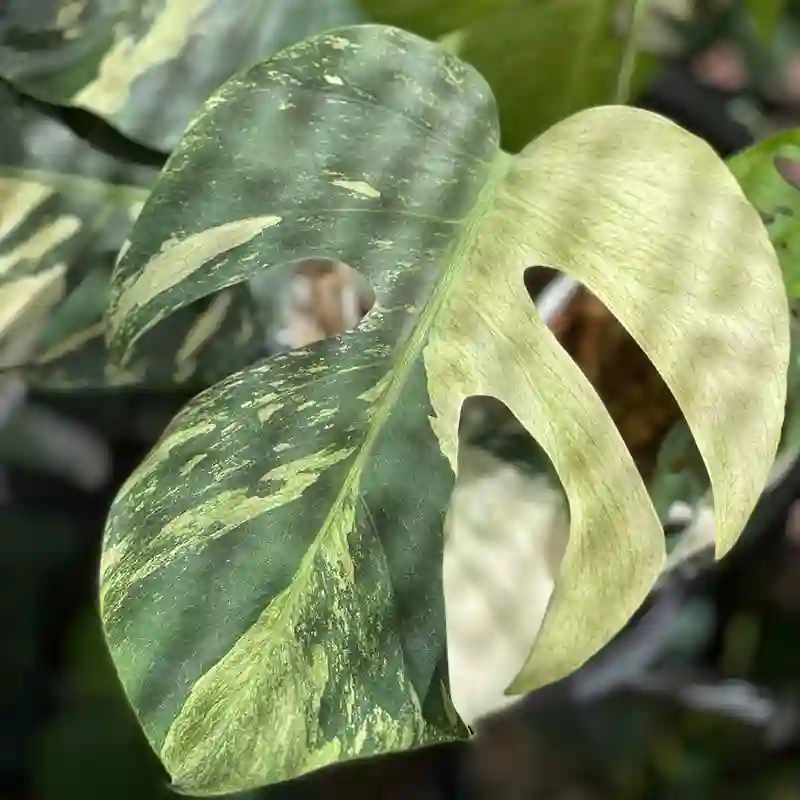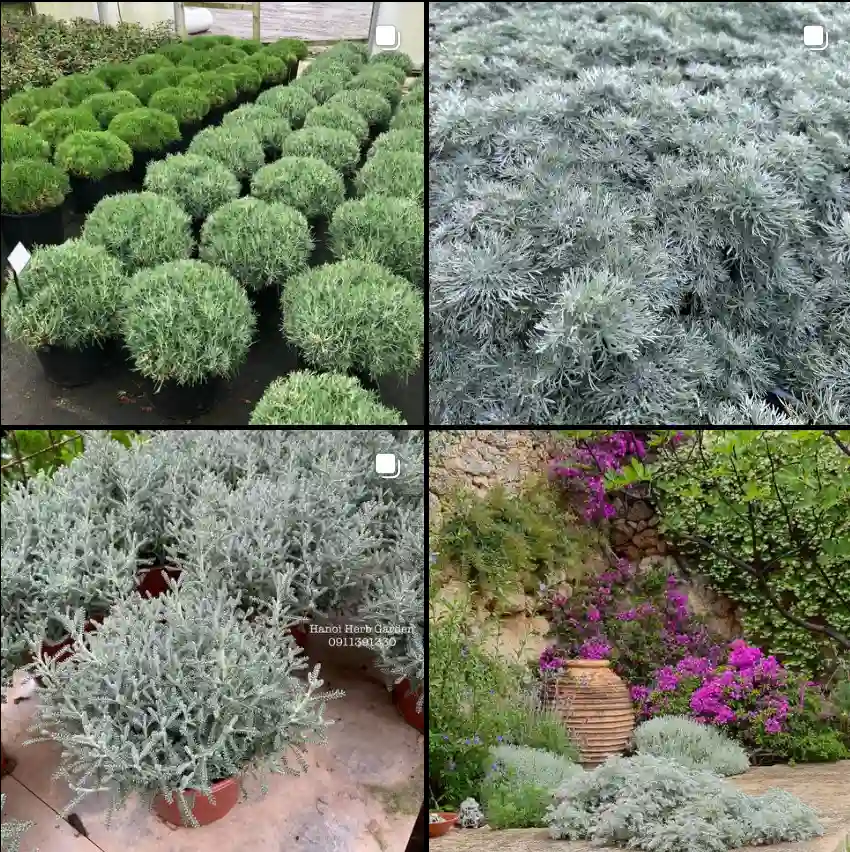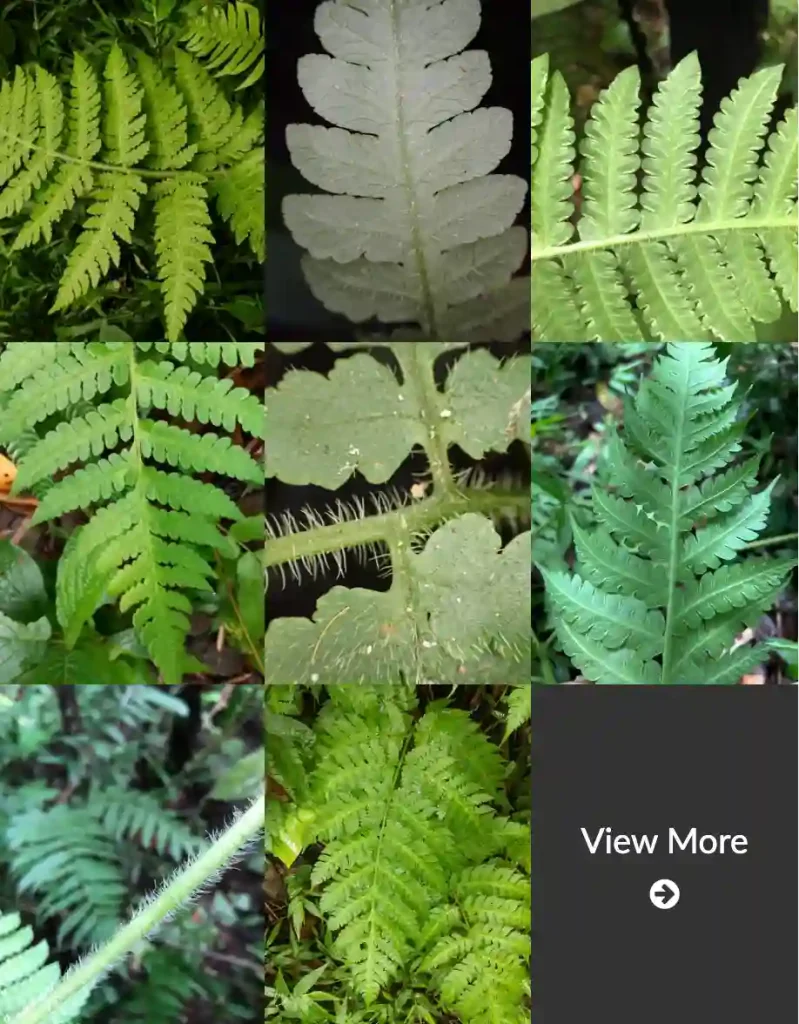
FAQs About Pineapple Sage
Pineapple Sage is a fascinating herb that has captured my interest for years. If you’re curious about this unique plant, you’re not alone. Here are some frequently asked questions about Pineapple Sage, based on my own experiences and observations.
1050 Species in Genus Salvia
What is Pineapple Sage?
Pineapple Sage (Salvia Elegans) is a tropical herb known for its vibrant green leaves and distinctive pineapple-like aroma. It belongs to the mint family and is native to Mexico and Central America. The plant can add a splash of color and a delightful fragrance to any garden or indoor space.
Is Pineapple Sage Perennial?
Yes, Pineapple Sage is a perennial in USDA zones 8 through 11. In these regions, it will come back year after year. However, in cooler climates, it is typically grown as an annual or overwintered indoors.
How Big Does Pineapple Sage Get?
Pineapple Sage can grow quite large. Typically, it reaches a height of 2 to 4 feet and can spread 3 to 4 feet wide. It’s a robust plant that makes a striking addition to any garden or container.
When Does Pineapple Sage Bloom?
Pineapple Sage blooms in late summer to fall, usually from August to October. The plant produces striking red tubular flowers that attract hummingbirds and butterflies, making it a lively addition to your garden.
How to Harvest Pineapple Sage?
Harvest Pineapple Sage by cutting the stems just above the leaves. This encourages new growth and helps the plant stay healthy. You can trim the plant regularly to keep it from becoming too leggy and to enjoy a steady supply of fresh leaves.
How to Use Pineapple Sage?
Pineapple Sage is incredibly versatile. You can use the leaves fresh or dried in a variety of dishes. The leaves impart a sweet, fruity flavor to salads, smoothies, and desserts. It also works well as a garnish for cocktails and savory dishes.
How to Make Pineapple Sage Tea?
To make Pineapple Sage tea, follow these simple steps:
- Harvest: Pick a handful of fresh Pineapple Sage leaves.
- Prepare: Rinse the leaves thoroughly.
- Steep: Place the leaves in a teapot or cup and pour hot water over them.
- Infuse: Let the leaves steep for about 5 to 10 minutes.
- Serve: Strain the leaves and enjoy your tea hot or iced.
How to Use Pineapple Sage for Anxiety?
Pineapple Sage has calming properties that may help reduce anxiety. You can make a soothing tea or use the leaves in aromatherapy. Simply inhale the aroma of the leaves or add them to a diffuser to help promote relaxation.
How to Propagate Pineapple Sage?
Propagating Pineapple Sage is relatively easy. You can do it through cuttings or seeds:
- Cuttings: Take a 4 to 6-inch cutting from a healthy plant, remove the lower leaves, and plant it in a pot with well-draining soil. Keep it moist and in a warm, sunny spot until roots develop.
- Seeds: Sow seeds indoors 6 to 8 weeks before the last frost. Transplant seedlings outdoors once they’re strong enough and after the risk of frost has passed.
Is Pineapple Sage Edible?
Yes, Pineapple Sage is edible. The leaves and flowers are both safe to eat and have a sweet, fruity flavor. They can be used in salads, desserts, and beverages, adding a unique touch to your culinary creations.
Is Pineapple Sage Safe for Dogs?
Pineapple Sage is generally considered safe for dogs. However, as with any plant, it’s best to monitor your pet and ensure they don’t consume large quantities. If you notice any adverse reactions, consult your veterinarian.
Can You Use Pineapple Sage for Smudging?
Yes, Pineapple Sage can be used for smudging. The herb’s pleasant aroma makes it a nice alternative to traditional sage. Light the end of a bundle of dried Pineapple Sage and allow the smoke to cleanse your space.
Pineapple Sage vs. Sage
While Pineapple Sage and common Sage (Salvia officinalis) both belong to the Salvia genus, they are quite different. Pineapple Sage has a fruity aroma and red flowers, while common Sage has a more earthy scent and gray-green leaves. Pineapple Sage is also typically used for its aesthetic and culinary properties, whereas common Sage is often used for its medicinal qualities.
Pineapple Sage vs. Cedar Sage
Cedar Sage (Salvia roemeriana) is another member of the sage family but has a more cedar-like fragrance and smaller flowers compared to Pineapple Sage. Cedar Sage is often used in smudging and for its medicinal properties, while Pineapple Sage is preferred for its ornamental value and culinary uses.
Pineapple Sage vs. Garden Sage
Garden Sage (Salvia officinalis) is known for its culinary uses and is a staple in many kitchens. In contrast, Pineapple Sage is valued for its ornamental appeal and fragrant leaves. While both are useful in their own ways, Pineapple Sage is more suited to adding a tropical touch to gardens and dishes.
How to Care for Pineapple Sage?
Pineapple Sage prefers well-draining soil and plenty of sunlight. It should be watered regularly but not overwatered. During the growing season, feed it with a balanced fertilizer to promote healthy growth and vibrant blooms.
What to Plant With Pineapple Sage?
Pineapple Sage pairs well with other herbs like thyme and oregano, as well as with flowers such as marigolds and zinnias. Its vibrant foliage and flowers complement a variety of garden plants, adding color and texture to your garden design.
Is Pineapple Sage Toxic?
Pineapple Sage is not toxic to humans or pets. It’s a safe addition to gardens and homes, and its culinary uses are well-regarded. However, always ensure that any plant consumed is free from pesticides or contaminants.
Common Problems with Pineapple Sage
One common issue with Pineapple Sage is its susceptibility to powdery mildew, especially in humid conditions. Ensuring good air circulation and avoiding overhead watering can help prevent this problem. Additionally, keep an eye out for pests like aphids and spider mites.
Pineapple Sage is a delightful plant with numerous benefits and uses. Whether you’re growing it for its unique flavor, its beautiful flowers, or its calming properties, this herb can be a valuable addition to your garden and home.
If i die, water my plants!



